Meihong Wu
A dataset of ant colonies motion trajectories in indoor and outdoor scenes for social cluster behavior study
Apr 09, 2022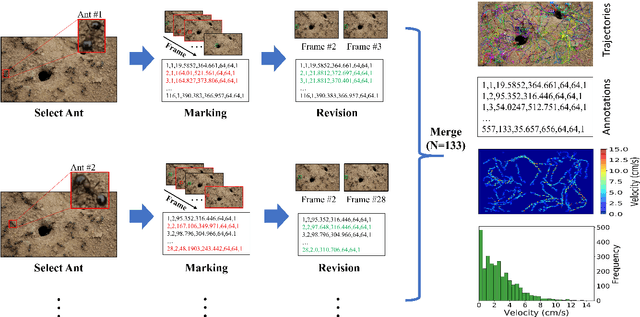
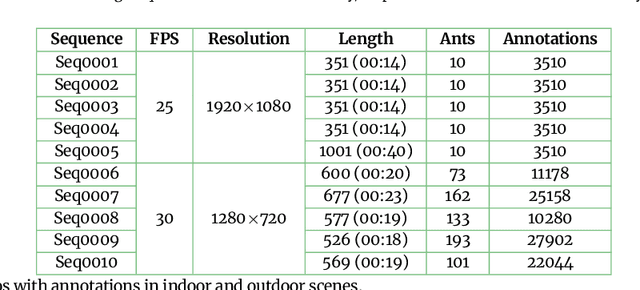
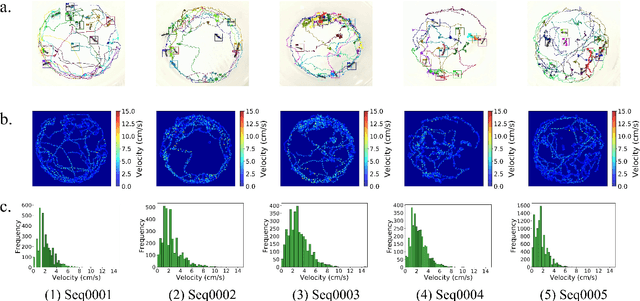
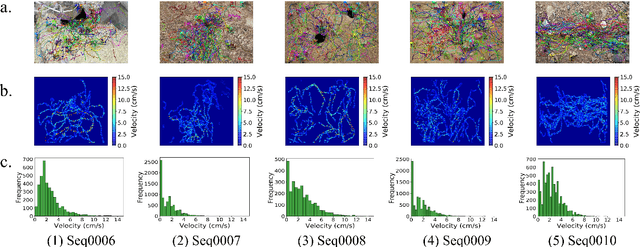
Abstract:Motion and interaction of social insects (such as ants) have been studied by many researchers to understand the clustering mechanism. Most studies in the field of ant behavior have only focused on indoor environments, while outdoor environments are still underexplored. In this paper, we collect 10 videos of ant colonies from different indoor and outdoor scenes. And we develop an image sequence marking software named VisualMarkData, which enables us to provide annotations of ants in the video. In all 5354 frames, the location information and the identification number of each ant are recorded for a total of 712 ants and 114112 annotations. Moreover, we provide visual analysis tools to assess and validate the technical quality and reproducibility of our data. It is hoped that this dataset will contribute to a deeper exploration on the behavior of the ant colony.
Swarm behavior tracking based on a deep vision algorithm
Apr 07, 2022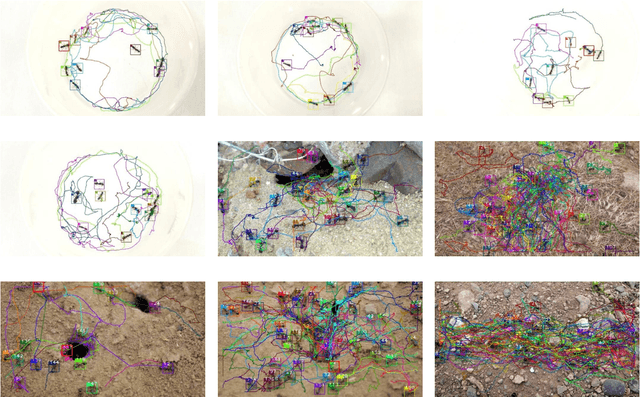
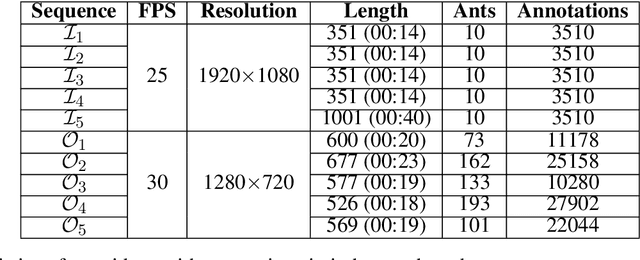
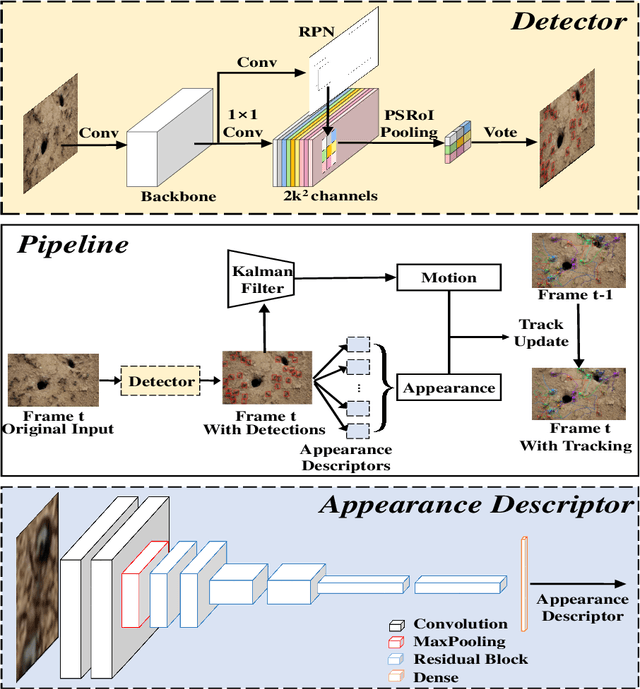
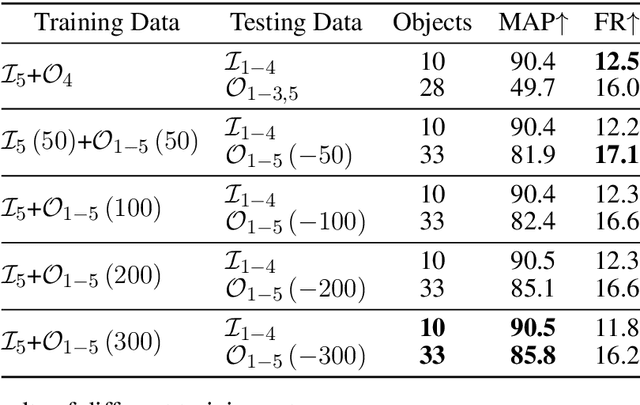
Abstract:The intelligent swarm behavior of social insects (such as ants) springs up in different environments, promising to provide insights for the study of embodied intelligence. Researching swarm behavior requires that researchers could accurately track each individual over time. Obviously, manually labeling individual insects in a video is labor-intensive. Automatic tracking methods, however, also poses serious challenges: (1) individuals are small and similar in appearance; (2) frequent interactions with each other cause severe and long-term occlusion. With the advances of artificial intelligence and computing vision technologies, we are hopeful to provide a tool to automate monitor multiple insects to address the above challenges. In this paper, we propose a detection and tracking framework for multi-ant tracking in the videos by: (1) adopting a two-stage object detection framework using ResNet-50 as backbone and coding the position of regions of interest to locate ants accurately; (2) using the ResNet model to develop the appearance descriptors of ants; (3) constructing long-term appearance sequences and combining them with motion information to achieve online tracking. To validate our method, we construct an ant database including 10 videos of ants from different indoor and outdoor scenes. We achieve a state-of-the-art performance of 95.7\% mMOTA and 81.1\% mMOTP in indoor videos, 81.8\% mMOTA and 81.9\% mMOTP in outdoor videos. Additionally, Our method runs 6-10 times faster than existing methods for insect tracking. Experimental results demonstrate that our method provides a powerful tool for accelerating the unraveling of the mechanisms underlying the swarm behavior of social insects.
 Add to Chrome
Add to Chrome Add to Firefox
Add to Firefox Add to Edge
Add to Edge